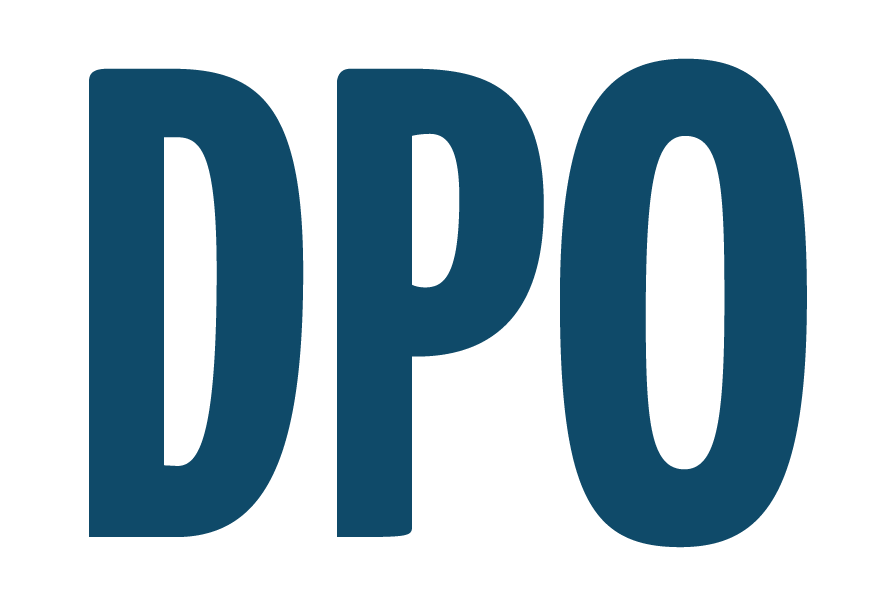7 Steps of an Effective Procurement Process
- Bogdan Büchner

- Dec 6, 2022
- 3 min read
Procurement is a crucial part of any business. Any business must get goods and services from suppliers at the best price possible for optimal business performance.
Effective procurement processes offer your business large cost reductions, savings, and fast production speed. If you have the right suppliers and processes in place, your business can be positively affected and improve overall performance.
In this article, we'll look at seven key steps of an effective procurement process to remain competitive in the market.

Important Steps in the Procurement Process
Depending on your organization’s needs, you may have several internal processes to get the goods and services for your business operations. Compared to a smaller organization, larger organizations have more processes that are far more involved and complicated.
Let's take a look at each of these steps.
Step 1: Define your business needs
The first step in any successful procurement process is to define your business needs. Consolidate all the requirements across the various departments in the business to lower costs. If one department requires a particular product, consider checking with other departments and see what they need.
Step 2: Check out Suppliers
Evaluate the suppliers based on your business needs, resources available, time constraints, cost-effectiveness, or any other criteria relevant to you.
Analyze each supplier's capabilities against competitors' offerings at similar prices and their ability to meet industry standards.
Step 3: Sourcing
During this stage, prepare and manage requests for quotations (RFQ)
When you send out an RFQ, you invite suppliers to submit proposals. Your RFQ should include the business needs and goals for the project or initiative that requires contracting.
Contract with a qualified vendor(s) who can deliver on time, within budget, and according to agreed-upon specifications. Select an appropriate vendor(s) through a fair, transparent, and competitive process.
Step 4: Negotiate and Make a Decision
Negotiate and clarify any concerns or questions with the vendors, such as delivery date requirements or price. Vendors may also reach out to see what your business wants. If possible, pursue various rounds during negotiation to ensure that all requirements are understood and met.
Finally, management will approve and decide on viable vendors. Final approvals that involve signing agreements or a contract should be based on your business strategy and needs.
Step 5: Contract Implementation & Management
You should receive an invoice from your supplier after they have received a Purchase Order from you. The Purchase Order serves as a legally binding document, especially where there is no formal contract.
During contract implementation, your main focus is ensuring that the supplier meets their contractual obligations and delivers what they have promised while creating value for both parties.
Step 6: Manage Supplier Performance
You should have a system that allows you to monitor and measure your suppliers' performance on time, quality, cost, delivery, or any other parameter.
Set targets and milestones for each supplier based on the results of previous delivery cycles. If a supplier does not meet these goals, be sure to address them to resolve them for both parties.
Provide feedback or changes required from suppliers based on their performance metrics as well as any issue encountered during production or delivery processes (e.g., cases of damaged goods).
Step 7: Benchmark and Tracking
The last step in the procurement process is tracking performance to improve it continually. Track through metrics, data, and methods specific to your company or industry.
A common example is measuring customer satisfaction with your products or services at each stage. Your goal should be to make improvements based on evidence rather than intuition alone.
Conclusion
Finally, we recommend using the steps outlined to help you manage and improve your procurement process.
Using Digital Purchase Orders will help you make your process efficient and keep track of your spending. Tracking your spending data aids in improving your business's standards and overall return on investment.



